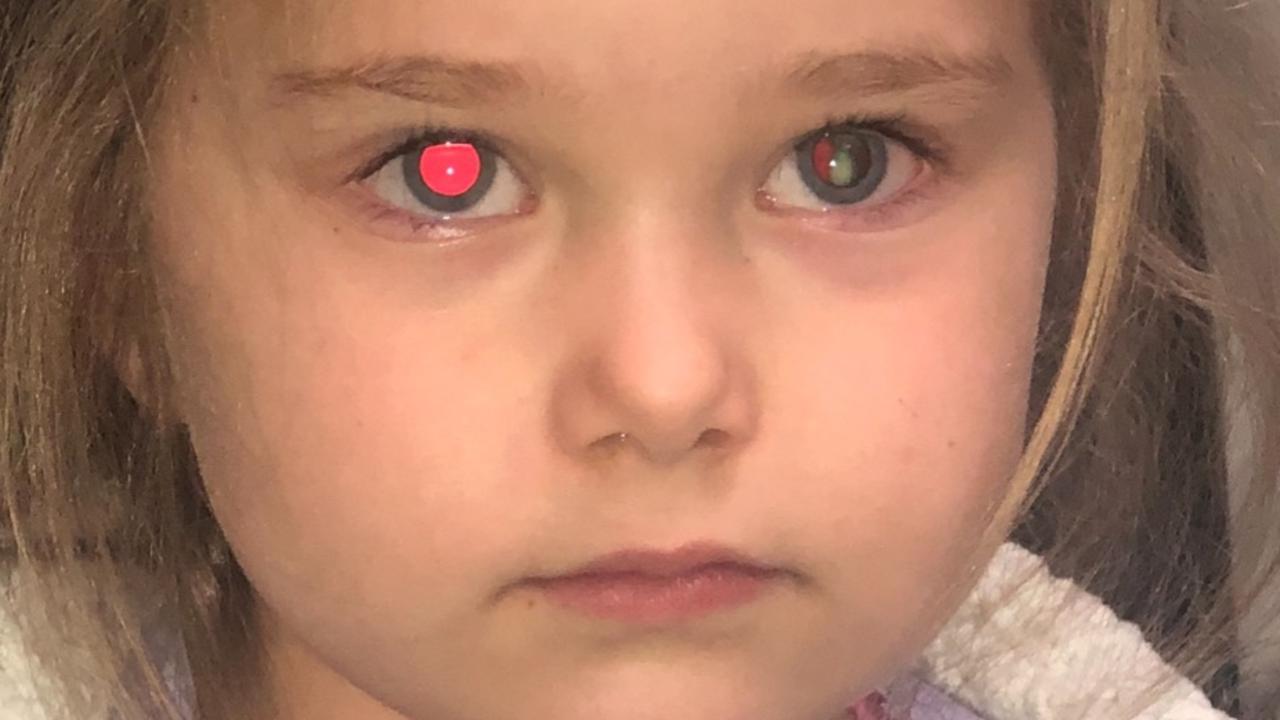
DiYES International School – Retinoblastoma in Children is a rare yet dangerous eye cancer that primarily affects young children under the age of five. This condition develops in the retina which is the part of the eye responsible for detecting light and sending visual signals to the brain. Parents often notice unusual signs such as a white reflection in the child’s eye in photographs or persistent redness and swelling. In many cases the symptoms are subtle and mistaken for common infections or allergies.
This makes early diagnosis difficult and often delayed. Retinoblastoma can spread quickly beyond the eye and may become life-threatening if left untreated. While treatments exist success heavily depends on how early the cancer is found. Medical professionals continue to urge routine eye exams in infants to detect anomalies early. Public awareness about the signs of eye cancer in children remains critically low in many parts of the world. Education is key to prevention and early intervention.
Retinoblastoma in Children is caused by mutations in the RB1 gene which normally helps control cell growth. When this gene malfunctions cells in the retina begin multiplying uncontrollably and form a tumor. This type of cancer can be hereditary or sporadic. Children with a family history of eye cancer are at a higher risk and may develop tumors in both eyes. In some cases the condition is identified soon after birth.
The presence of this cancer does not always affect the vision at first but it becomes more aggressive with time. Without treatment the tumor may invade the optic nerve and reach the brain. Medical imaging and genetic testing are used to confirm the diagnosis and plan the treatment. Early detection allows for more options such as laser therapy or cryotherapy while advanced cases may require surgery or chemotherapy. The emotional impact on families dealing with this disease is often overwhelming and long-lasting.
“Read about: Spotlight on Survivors: Thriving After Childhood Leukemia”
The signs of Retinoblastoma in Children may seem mild or even invisible during the early stages. A common clue is leukocoria a condition where the pupil appears white when light is shined on it such as in flash photography. Another red flag is a noticeable squint or misaligned eyes that do not move together. Some children may also complain about poor vision or may bump into objects frequently.
Redness or swelling in one eye that does not improve with time should be checked immediately. In some cases a child may rub their eyes frequently due to discomfort or pain. Since small children may not communicate their symptoms clearly it is crucial for caregivers to observe subtle changes in behavior or eye appearance. Regular check-ups with a pediatrician or ophthalmologist can help catch these signs early. Ignoring these indicators can lead to irreversible vision loss or spread of cancer to other parts of the body.
Treatment of Retinoblastoma in Children has advanced greatly over the past decade. Modern protocols now combine traditional methods with newer targeted therapies. In the early stages local treatments like laser photocoagulation and cryotherapy can be effective. For larger tumors chemotherapy is often used to shrink the mass before applying localized techniques. In more severe cases removal of the eye called enucleation becomes necessary to stop the spread. Doctors carefully assess the stage and location of the tumor before recommending a plan. Newer research is focused on intra-arterial chemotherapy where drugs are delivered directly into the eye’s blood vessels. This technique minimizes damage to other tissues and shows promising results. Some centers are also using gene therapy to address hereditary forms of the disease. Supportive care such as psychological counseling and visual rehabilitation is also part of the recovery process. Despite challenges treatment outcomes have improved significantly with earlier diagnosis.
“Read more: Stronger Together: EU–UN Step Up Fight Against Trafficking”
Raising awareness about Retinoblastoma in Children is essential to saving lives and vision. In many countries especially low-income regions the disease is detected too late. Lack of access to pediatric eye care and poor health education contribute to this delay. Public campaigns can help spread knowledge about the early warning signs and the importance of routine eye exams. Schools and community health workers play a vital role in delivering this message.
Parents must be encouraged to seek medical attention even for mild eye irregularities. Governments and NGOs are also working together to create early screening programs for newborns. Social media platforms are being used to highlight survivor stories and encourage action. Collaborations between international health bodies and local health systems aim to reduce mortality caused by this preventable condition. Continuous efforts are needed to ensure that no child loses their sight or life because of late diagnosis or lack of information.